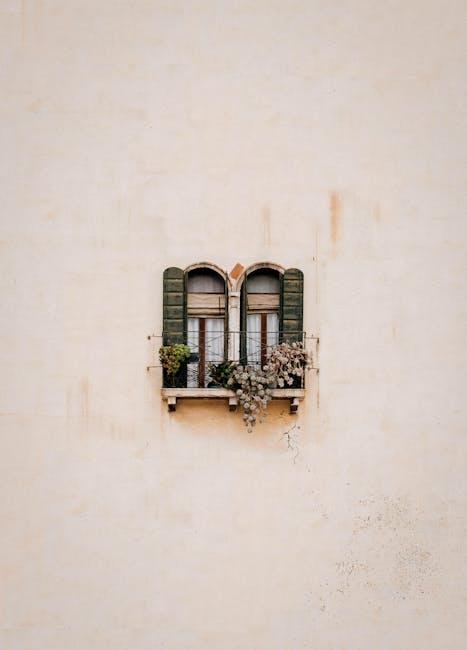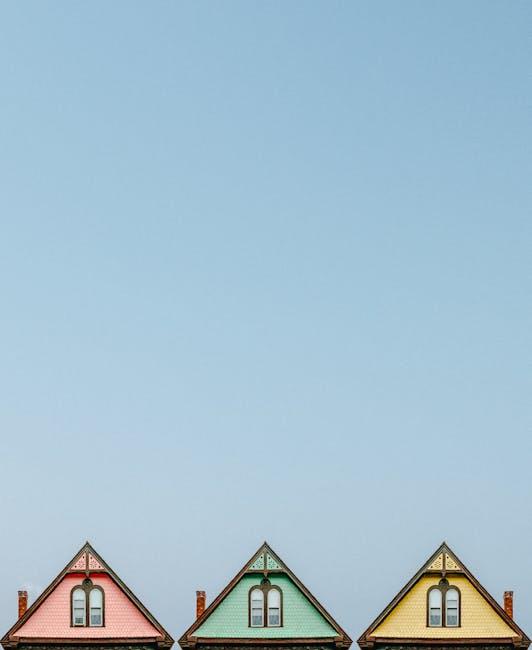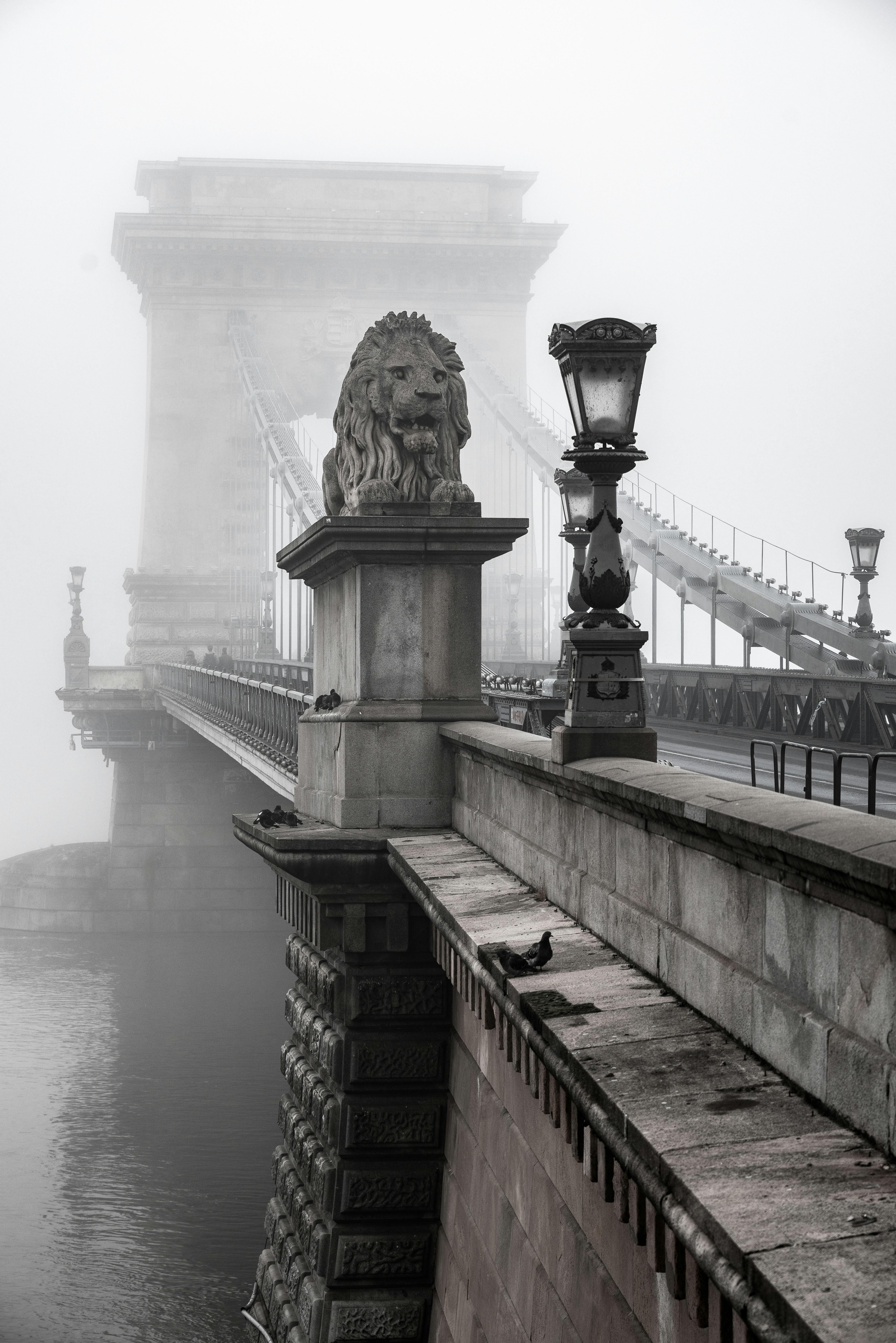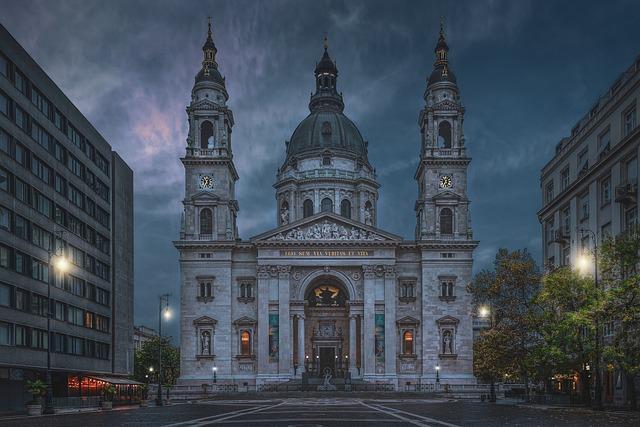Wes Anderson’s “The Grand Budapest Hotel” stands as a quintessential example of cinematic artistry, where every frame is meticulously crafted with a precision that borders on the obsessive. This film, celebrated for its vibrant palette and intricate storytelling, is a masterclass in symmetry and design. Anderson’s unique vision transforms the narrative into a visual symphony, inviting viewers into a world where structure and chaos coexist in perfect harmony. By dissecting the symmetrical genius of “The Grand Budapest Hotel,” we unravel the layers of Anderson’s creativity, exploring how his distinctive style elevates storytelling to an art form. This analytical journey delves into the film’s architecture, its meticulous framing, and the whimsical yet poignant universe that Anderson constructs, offering a deeper understanding of why this film continues to captivate audiences and critics alike.
Exploring Andersons Mastery of Symmetry and Color Palette
Wes Anderson’s meticulous approach to filmmaking is vividly evident in his use of symmetry and color, creating a visual harmony that is both striking and unique. His symmetrical compositions are not merely aesthetic choices but serve as a narrative device that guides the viewer’s eye and enhances the storytelling. Anderson’s frames are carefully balanced, often centering characters and objects in a way that brings an almost mathematical precision to each scene. This symmetry creates a sense of order within the whimsical chaos of his storytelling, inviting viewers to immerse themselves in a world where every element is thoughtfully placed.
- Color Palette: Anderson’s use of pastel hues and bold contrasts forms an integral part of his visual language. The careful selection of colors not only defines the mood but also underscores character development and thematic depth.
- Visual Consistency: Through his consistent color schemes, Anderson crafts a cohesive universe that feels both timeless and meticulously curated.
- Emotional Resonance: The interplay between symmetry and color often mirrors the emotional landscape of the film, adding layers of meaning to each scene.
In “The Grand Budapest Hotel,” these elements combine to create a cinematic experience that is as engaging as it is visually stunning, showcasing Anderson’s unparalleled ability to weave art into narrative.

Character Depth Through Visual Storytelling Techniques
Wes Anderson’s meticulous use of visual storytelling in “The Grand Budapest Hotel” enriches character depth beyond conventional dialogue. Through his signature symmetrical framing, Anderson communicates the personalities and emotional states of his characters. The precision in each frame often mirrors the orderly yet chaotic lives of the film’s protagonists, revealing layers of complexity without uttering a word.
- Color Schemes: Each character is associated with a distinct palette, reflecting their emotional landscape and narrative arc. The warm hues surrounding Gustave H. highlight his charm and optimism, while the muted tones enveloping Zero convey his initial naivety and eventual growth.
- Set Design: The intricate hotel interiors serve as a backdrop that mirrors the characters’ inner worlds. The lavish details in Gustave’s quarters contrast with the stark simplicity of Zero’s, subtly hinting at their social standings and personal aspirations.
- Camera Movement: Anderson’s deliberate use of static shots and calculated pans offers insights into the characters’ stability or turmoil. A perfectly centered frame suggests control and composure, whereas slight shifts in symmetry might indicate underlying tension or transformation.
Through these visual techniques, Anderson crafts a rich tapestry where each element contributes to a deeper understanding of his characters, making “The Grand Budapest Hotel” not just a visual feast, but a masterclass in character-driven storytelling.

The Role of Set Design in Enhancing Narrative Impact
In Wes Anderson’s cinematic masterpiece, The Grand Budapest Hotel, set design plays a pivotal role in shaping the film’s narrative depth and emotional resonance. Anderson’s meticulous attention to detail and his signature use of symmetry create a visual language that complements the quirky and whimsical nature of the story. The hotel itself, with its intricate interiors and vibrant color palettes, acts as a character within the narrative, reflecting the era’s opulence and the characters’ inner worlds.
The use of color and symmetry is not merely aesthetic but serves to enhance storytelling by:
- Creating Mood: The pastel hues and art deco elements evoke a sense of nostalgia, drawing viewers into a bygone era.
- Establishing Character Dynamics: The ordered and balanced compositions mirror the film’s themes of order amidst chaos.
- Guiding the Audience’s Eye: Symmetrical framing directs focus, highlighting key moments and emotions.
Anderson’s set design is a testament to how visual elements can elevate a narrative, transforming the viewing experience into an immersive journey.

Why Rewatching Reveals Hidden Layers of Genius
Revisiting The Grand Budapest Hotel often uncovers the intricate craftsmanship of Wes Anderson’s storytelling. Each viewing offers a fresh perspective, revealing the subtle intricacies embedded within the film’s vibrant tapestry. Anderson’s meticulous attention to detail manifests in layers of visual and narrative complexity that may not be immediately apparent.
- Symmetrical Splendor: Anderson’s penchant for symmetry is not merely aesthetic; it serves as a narrative device that guides the viewer’s eye and emphasizes thematic elements.
- Color and Composition: The film’s rich color palette is more than decorative. It underscores character emotions and shifts in tone, offering a visual language that speaks volumes.
- Hidden Connections: Subtle references and motifs interweave, creating a network of connections that enrich the story upon each revisit.
Anderson’s genius lies in his ability to create a world that is as visually stunning as it is intellectually engaging, encouraging audiences to delve deeper with each watch.

